Blog
History of volcanic eruptions Agung. Rage of Nature
22 January
Indonesia covered with dozens of volcanoes that periodically show their character. This troubled land has taught inhabitants of the islands to be on the alert. Today, the authorities promptly evacuate residents and tourists from the risk zones to stop turning catastrophic situations into a kind of extreme attraction.
However, it was not always so. The eruption of Krakatoa claimed thirty-six thousand lives in 1883, and the activity of the Tambora volcano in 1815 killed more than seventy thousand people. Moreover, scientific theory built around the eruption of Toba, which occurred, according to estimates, about seventy thousand years ago. According to researches, this catastrophe was truly apocalyptic. Entire continents covered with ashes, for years, the temperature in the affected areas decreased to 3°C-5°C. Numerous species of plants and animals went extinct, but the number of our ancestors Homo Sapiens was reduced to several thousand individuals.
Among the exciting volcanoes of Indonesia can be identified Agung – a volcano on the island of Bali, which was noted in recent history by a series of eruptions.
Agung is a stratovolcano (a volcano composed of many layers of lava periodically thrown out by explosions), the highest point on the island of Bali – more than three kilometers in altitude above sea level. Compared with some of Indonesia's volcanoes, Agung is a calm enough volcano that erupted just a few times over the last couple of hundred years. Also, in 2001-2002, the foot of the volcano drawn expert's attention because of thermal anomalies and vegetation fires at the base of the formation. Nevertheless, several significant eruptions entered history.
Among the exciting volcanoes of Indonesia can be identified Agung – a volcano on the island of Bali, which was noted in recent history by a series of eruptions.
Agung is a stratovolcano (a volcano composed of many layers of lava periodically thrown out by explosions), the highest point on the island of Bali – more than three kilometers in altitude above sea level. Compared with some of Indonesia's volcanoes, Agung is a calm enough volcano that erupted just a few times over the last couple of hundred years. Also, in 2001-2002, the foot of the volcano drawn expert's attention because of thermal anomalies and vegetation fires at the base of the formation. Nevertheless, several significant eruptions entered history.
Chronicles of the eruptions of the volcano Agung
In 1843, the famous Swiss botanist and mycologist Heinrich Zollinger recorded many days of seismic activity. In the notes, he tells that Mount Agung came alive, accompanying the earthquake with the release of ash, stones, and sand from the volcano's mouth.
Agung showed his natural fury during a significant eruption in 1963-1964. It was one of the most disastrous and destructive seismic activities in Indonesia. It all began on February 18, 1963, when residents of the island heard rolling explosions and clouds of smoke emanating from the crater. Within six days, the lava convergence appeared, which continued for 20 days and advanced 7 km from Agung. The eruption itself happened on March 17, an explosion of incredible power began to erupt fragments that flew within a radius of up to ten kilometers. The catastrophe was supplemented by robust pyroclastic flows (a mixture of gases, ash, stones, which rushes with high speed), which demolished many villages and claimed hundreds of lives. According to statistics, 200 inhabitants of the island died from volcanic rock emissions, 160 people died under a mud mixture of volcanic material and water – lahars. The most destructive were pyroclastic flows, which killed 820 people. Another 300 were seriously injured. The second eruption occurred on May 16, also killing 200 Balinese people. Many people lost their homes and entire settlements; the total number of victims reached 1,700 people.
According to surviving residents, at that time, evacuation did not occur until ‘lava’ came, so life under the hail of stones and ash haze continued.
Here are a few curious facts about the eruption: only a few meters separated the streams of lava and the temple of Pura Besakih, which was regarded by the Balinese as a miracle. The gods showed their strength, animating Agung, but they spared the human-made temple, respecting the God-fearing of the island’s inhabitants. Besides, there were rumors that the European and North American sky, for some time, acquired a crimson shade because of the large number of gas emissions.
Just recently, a new series of eruptions took place, which continues today, in January 2018. From August 10, 2017, volcanic earthquakes began, which intensified over the following weeks. In September, when the quakes and seismic activity around the volcano started to unsettle the population, the highest degree of alarm was announced, after which 122500 inhabitants from the vicinity of Agung were evacuated, and the authorities for combating catastrophes declared a forbidden zone with a radius of 12 kilometers around Agung. Evacuated huddled in sports halls and public buildings in a safe area. In October, the fury of the volcano subsided, and authorities lowered the level of risk from a maximum of 4 fourth to 3 degrees. However, in November, the volcano activated - on the 21st day, a phreatic explosion occurred (occurs during the contact of magma and water), and on 25 – an eruption of magma occurred. Further, regular explosions occurred every day, creating problems for airlines – airports were chaotically closed, opened to the next day to be closed again, tourists could not leave on time. In the last days of November, the main airport reopened yet, but the authorities warned that the volcano could again violate the air connection.
Status for January 2018, the volcano continues to show character – on January 11, a new eruption occurred, which reached 2.5 km above the highest point of the volcano. However, the airports functioned according to the schedule.
Nowadays, thanks to the seismology that went far ahead, eruptions are prevented on time and do not pose such a deadly danger as the eruption in 1963-1964. The authorities react in time to a potential threat and evacuate the population, regulate the work of transport, and counteract the elements. Nevertheless, when visiting Indonesia and Bali, it is worth remembering that the wild and unrestrained nature of these places loves to show its character. Status for January 2018, the volcano continues to show personality – on January 11, a new eruption occurred, which reached 2.5 km above the highest point of the volcano. However, the airports functioned according to the schedule.
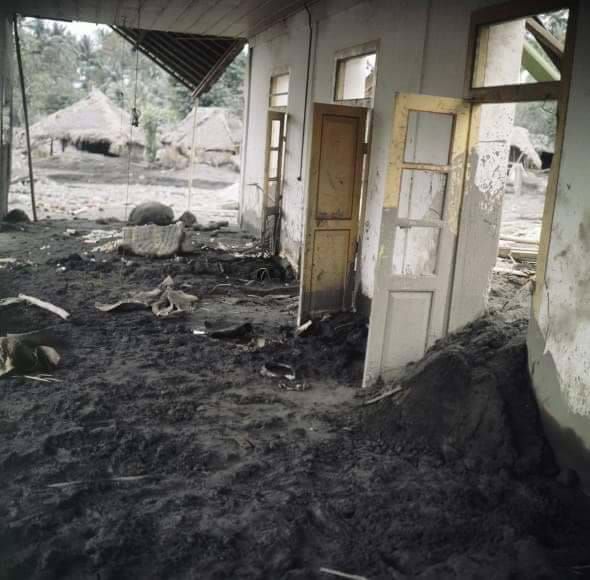
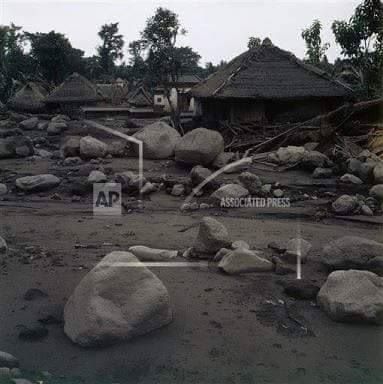

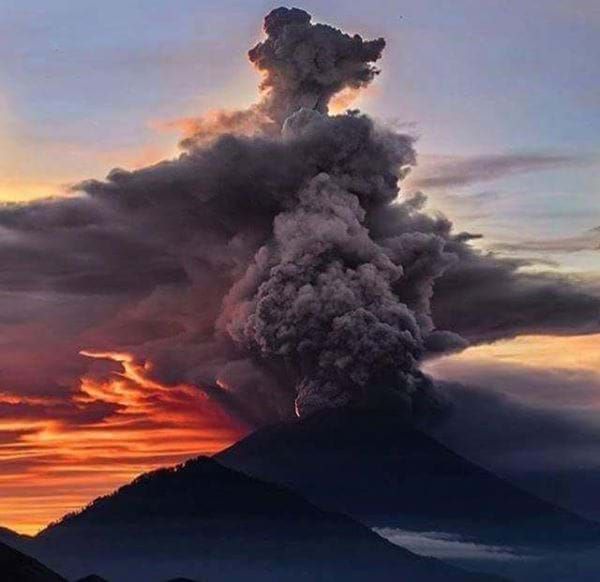
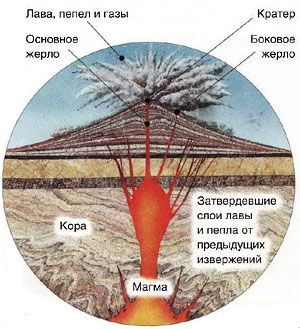
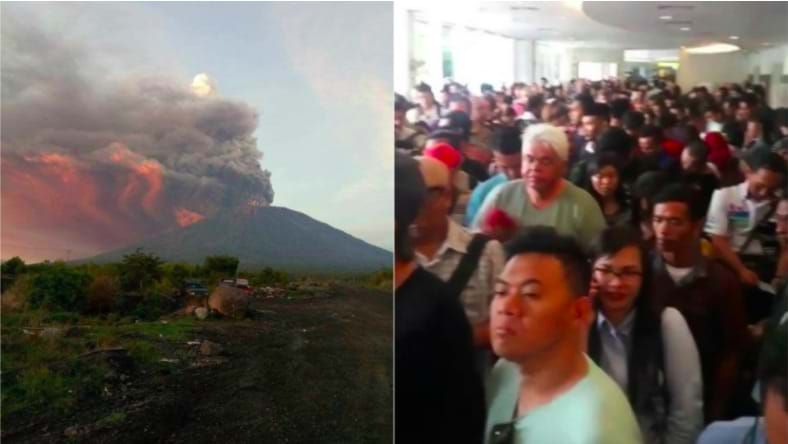






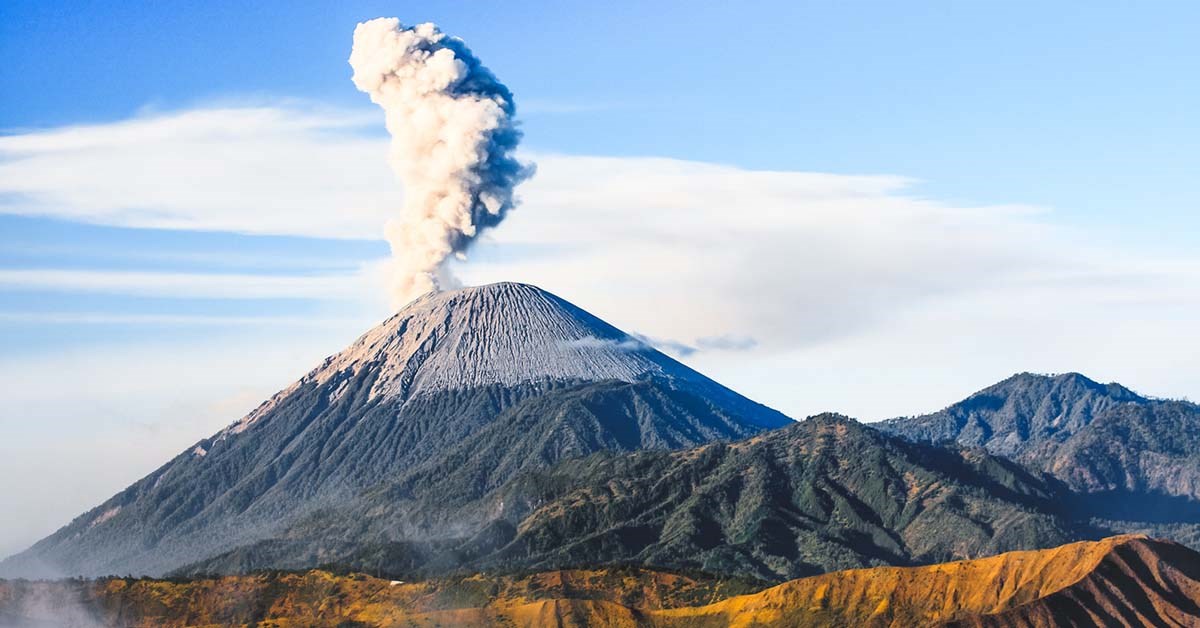




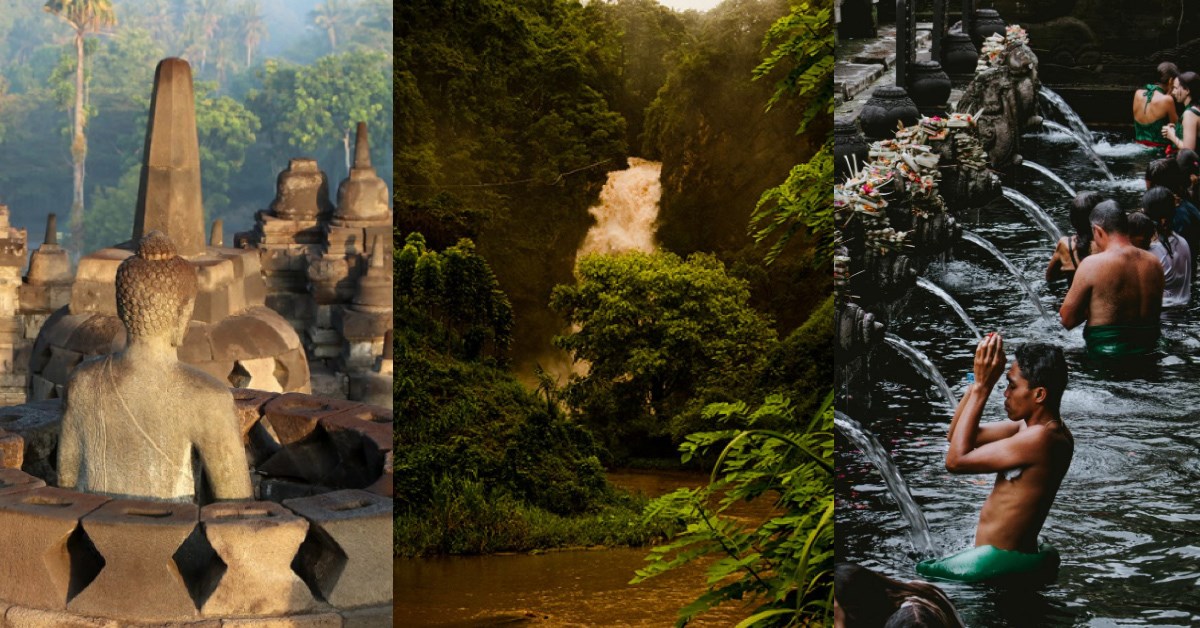
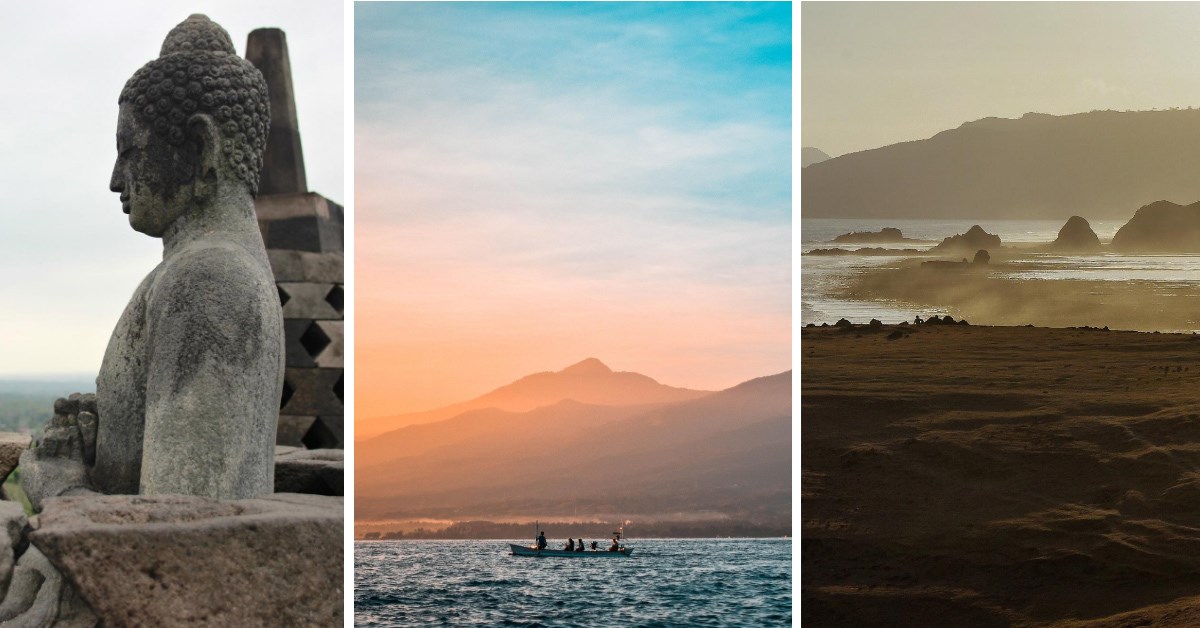

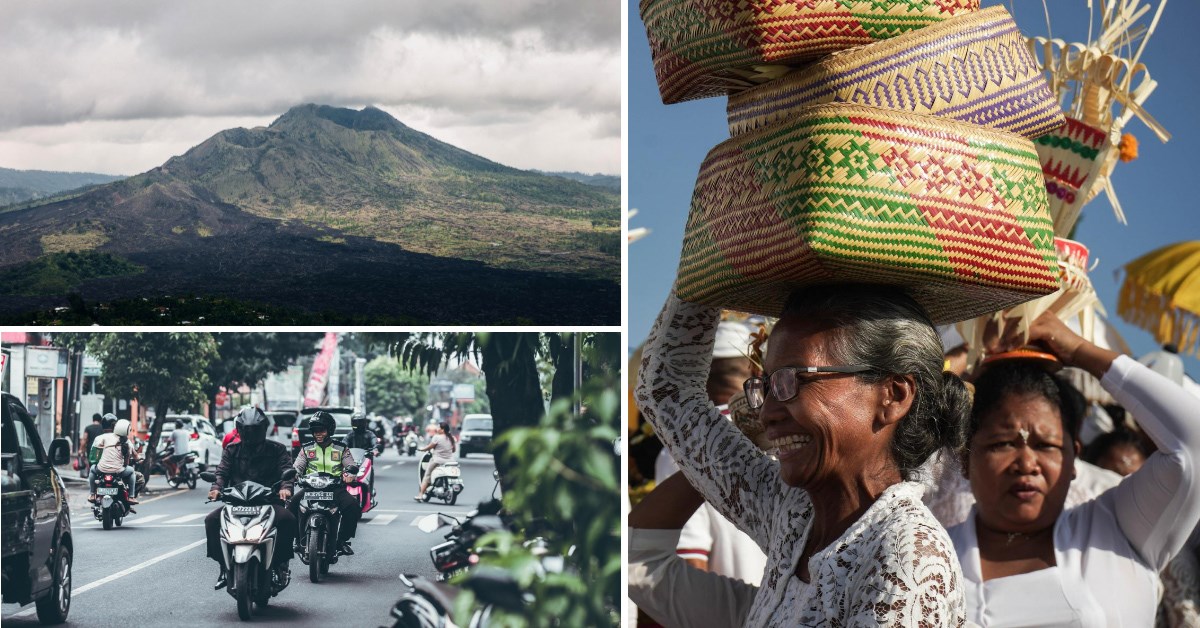



Be the first to leave a review